Description
Sylvanite has a hardness of 1½ – 2 and a specific gravity of 8.2. It partially got its name in 1835 by Louis Albert Necker-de Saussure from an occurrence in Transylvania, but more so, because “Sylvanium” is an obsolete name for Tellurium, and this rock is comprised of around 60% Tellurium. It was first found in Baia de Arieș, Alba County, Romania, but it’s since been found in a few hundred additional localities worldwide, most commonly near low temperature hydrothermal veins and with many other nearby associated important ores. Sylvanite is a very valuable mineral made of Tellurium, Silver, and Gold.
Sylvanite is photosensitive and can accumulate a dark tarnish if it is exposed to bright light for too long, but it’s usually white, grey and/or gold colored, as well as sometimes purple, from the Tellurium. In addition to its 60% Te content, there’s also around 34% Gold and 6% Silver, so this makes for an awesome sample for element collectors looking for those three slightly more rare elements as they’re found in nature.
It’s been found in hydrothermal vein deposits in a recorded 404 localities worldwide on nearly every Continent, with around 119 in Colorado, alone, often associated with Quartz, Gold, Coloradoite, Hessite, Petzite, Pyrite, Galena, Fluorite, Tellurium, and Calaverite. According to Wikipedia, Sylvanite is “the most common Telluride of Gold.” However, despite its prevalence in Colorado and “common”ality worldwide, it’s still quite rare, quite hard-to-find on the online mineral-market, and especially, given its elemental composition, quite the prized rock!
While you can’t go to the Tintic Mine to look for some that are exactly like this for yourself, you could still bring home this exact one, for now, and Sylvanite might still be discovered in more than those recorded localities, so go take a hike in the mountains near you and find some!

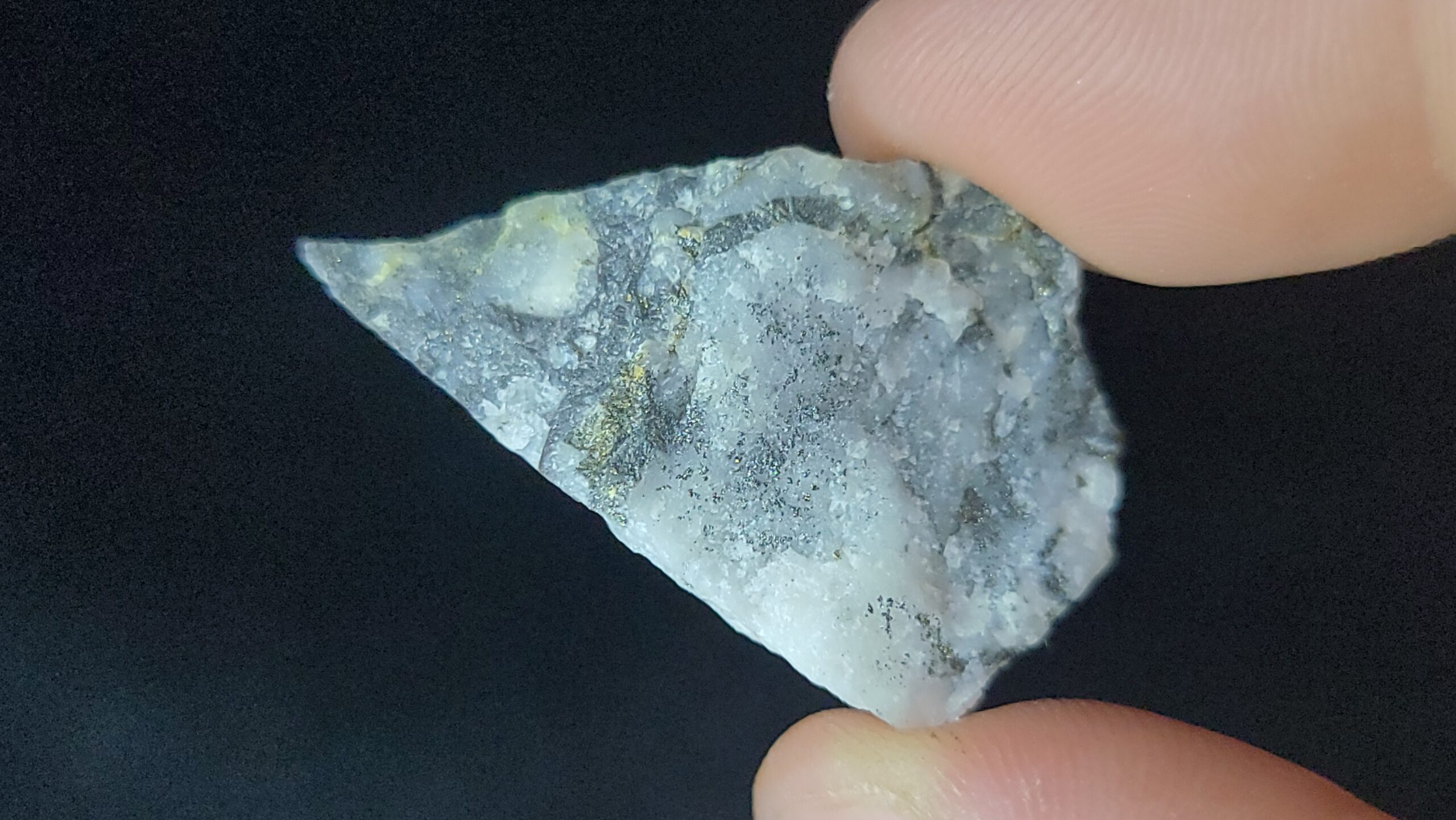
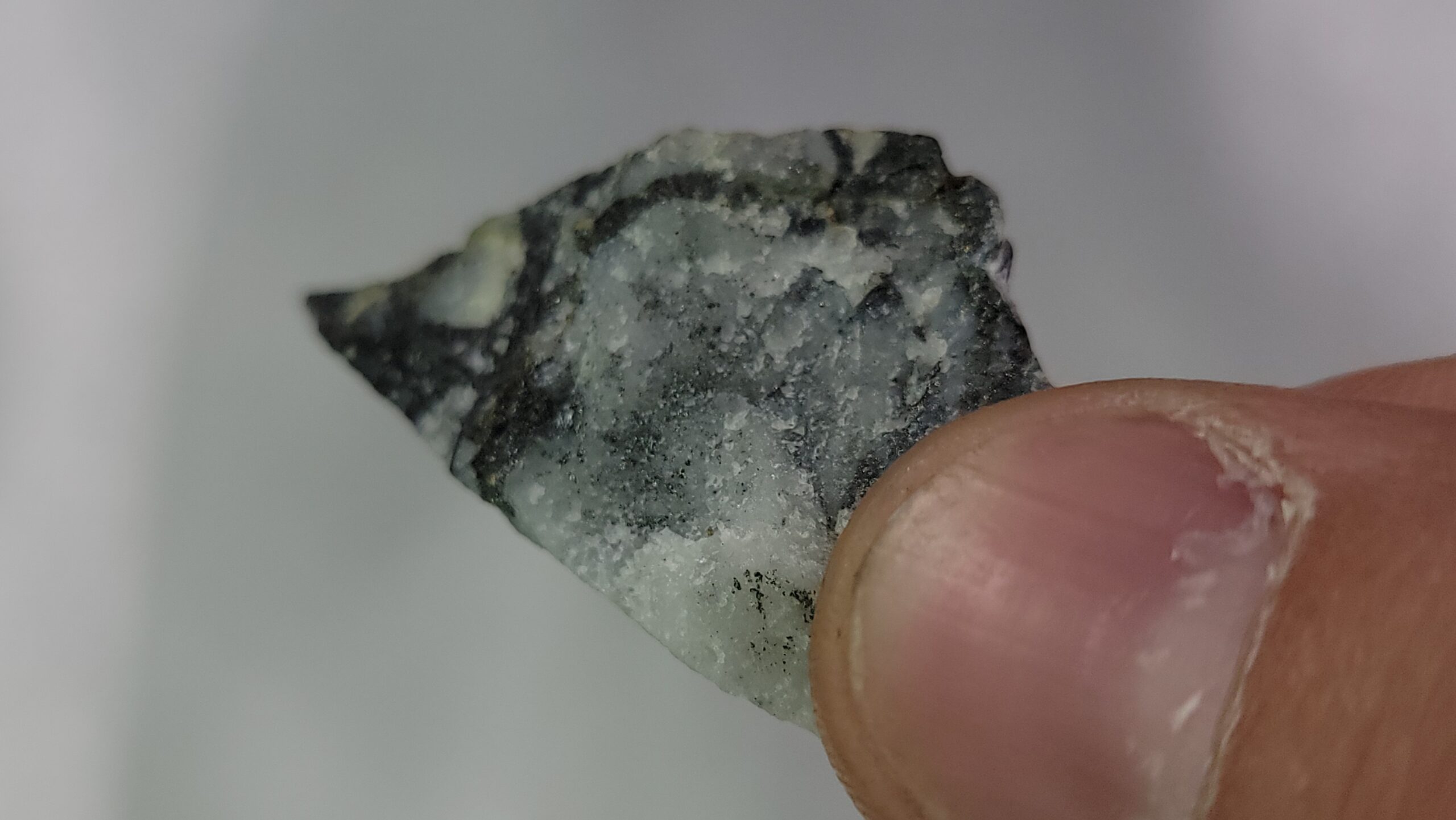
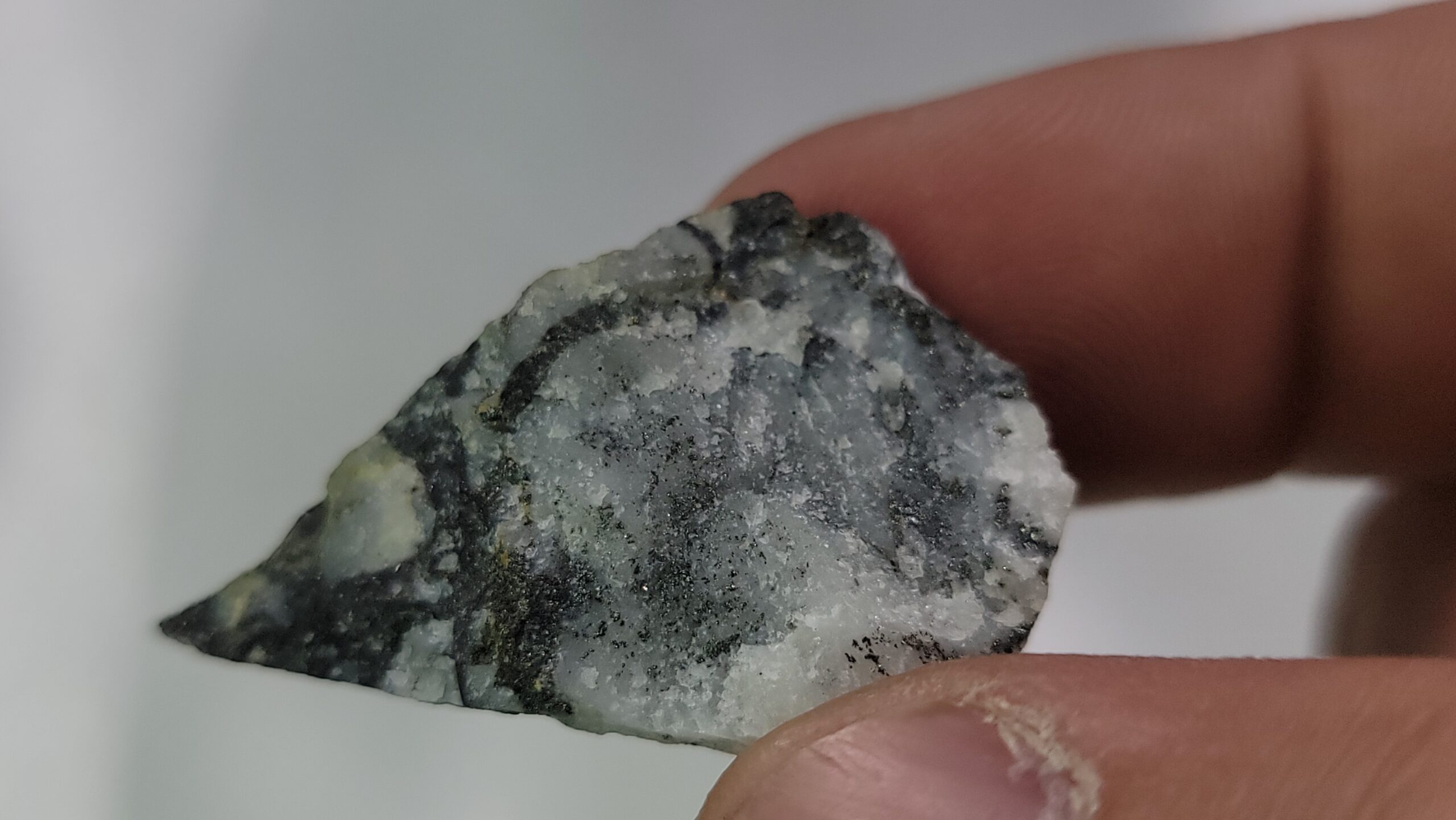
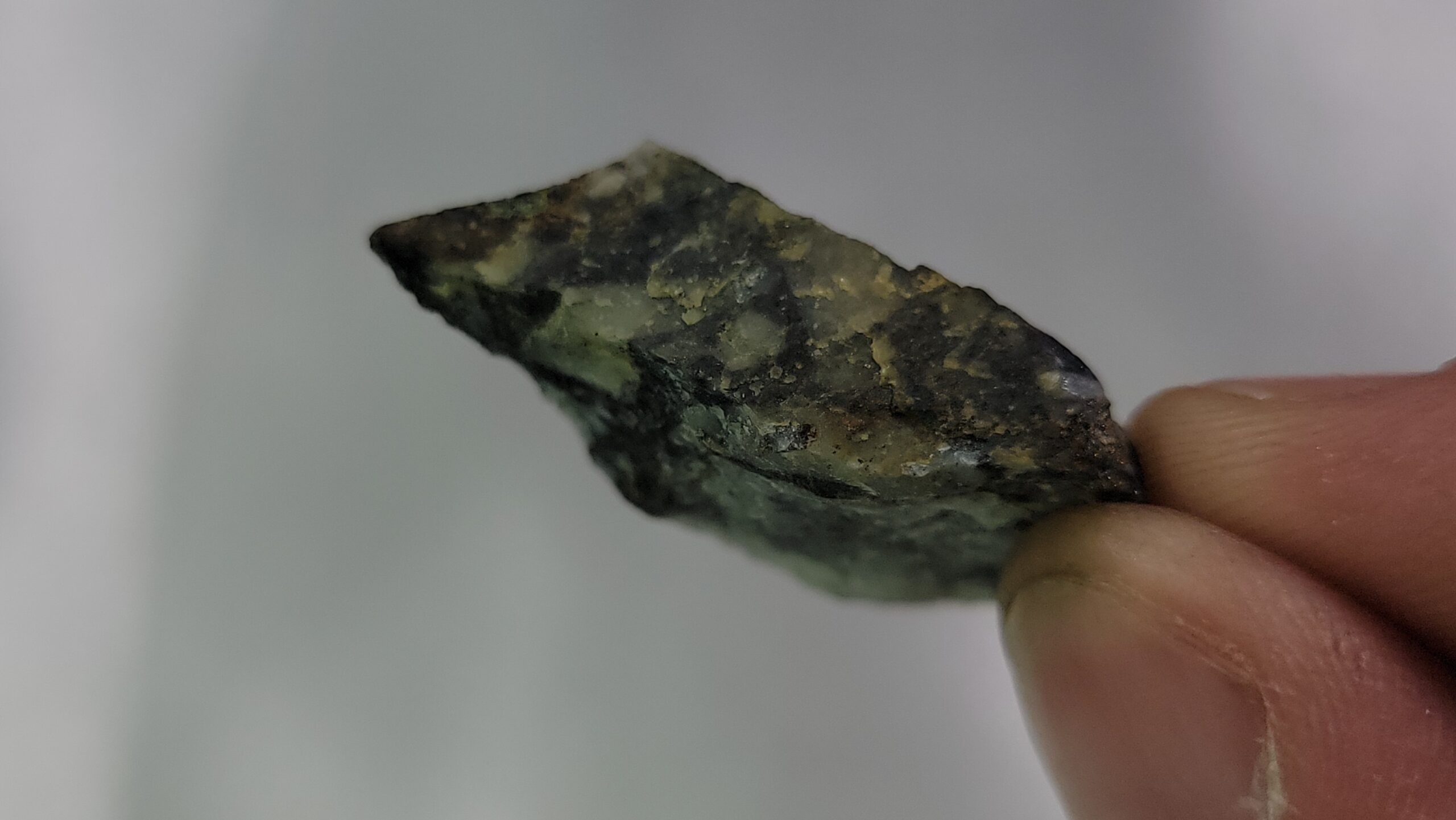
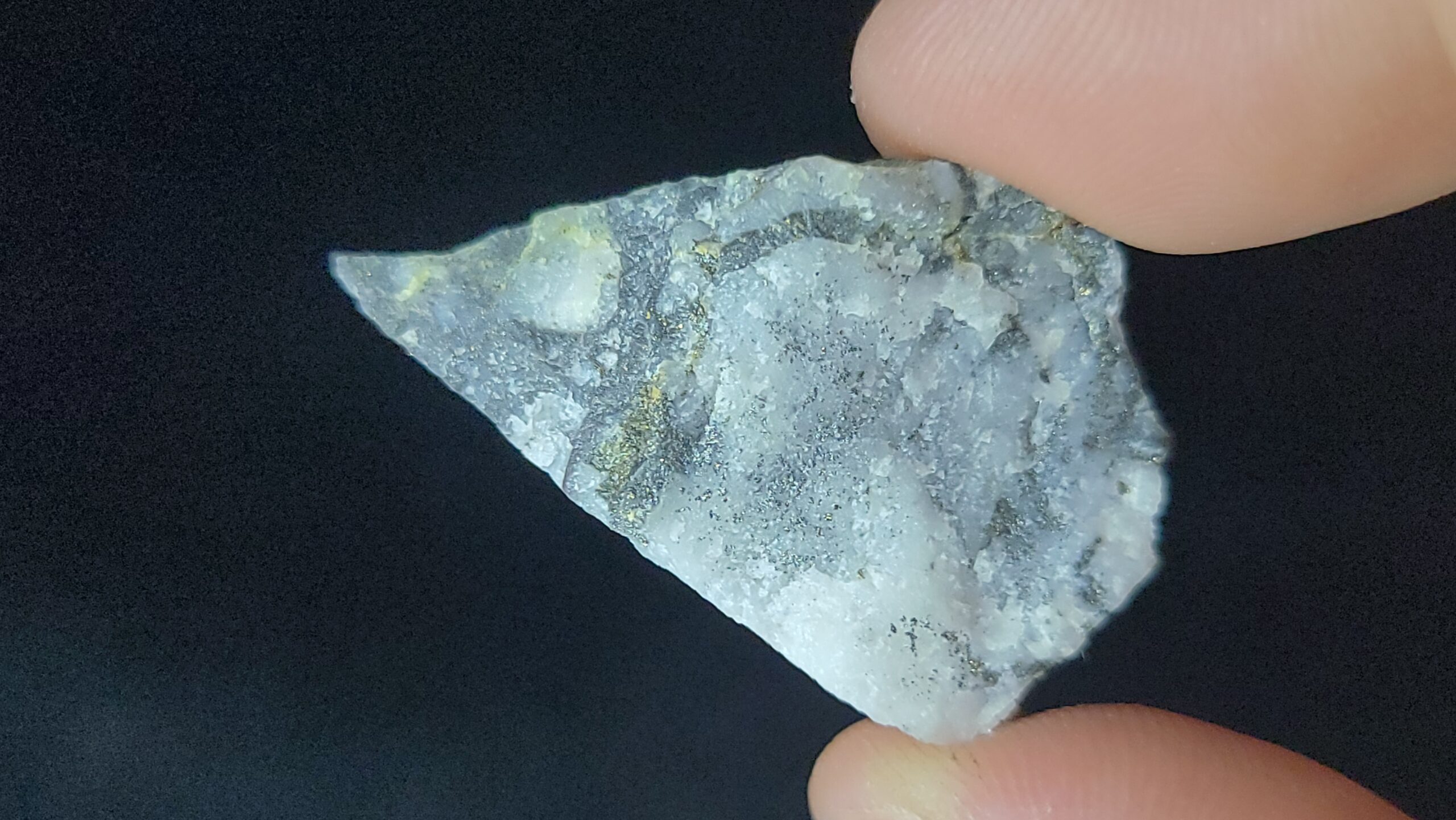
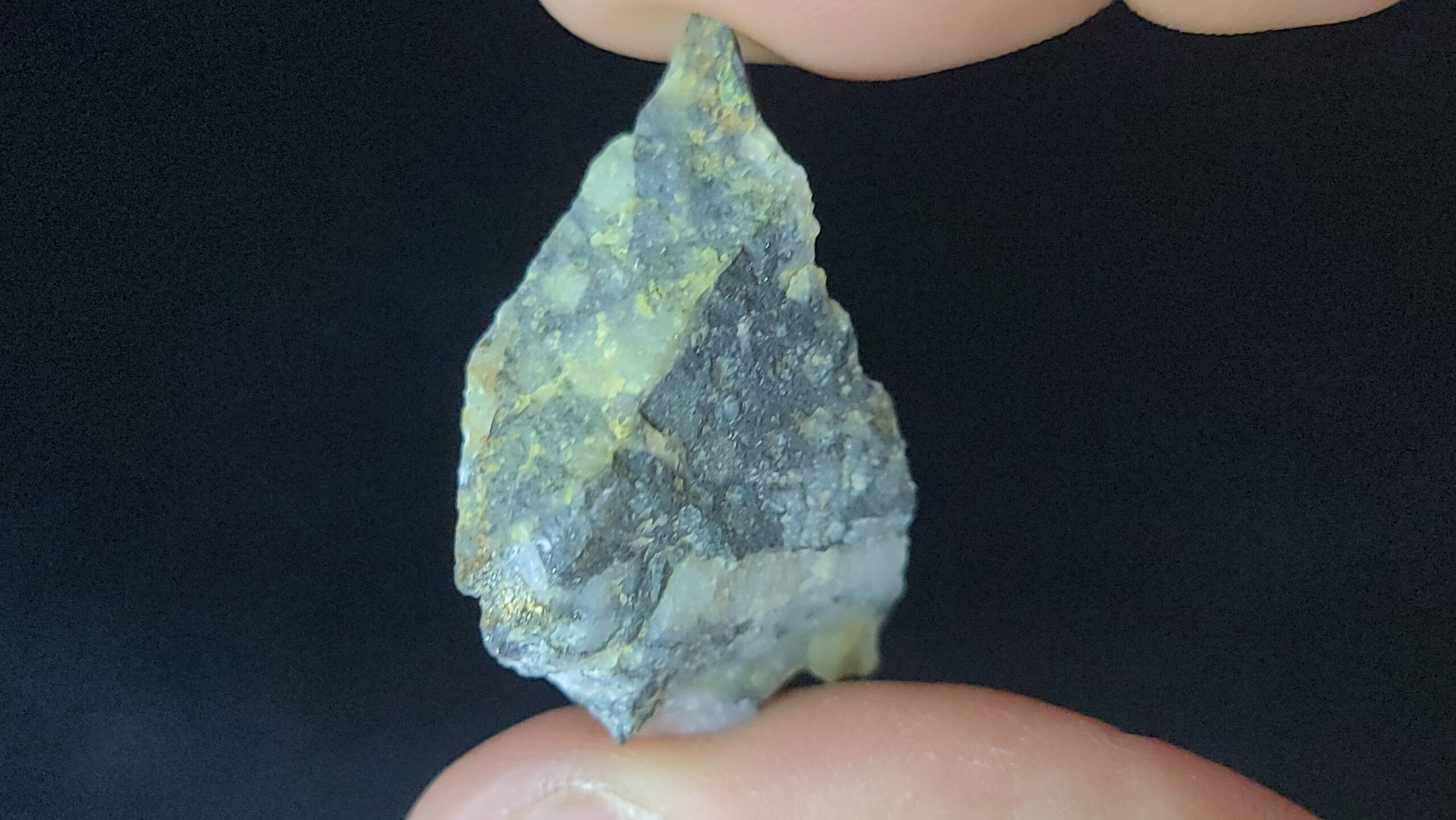
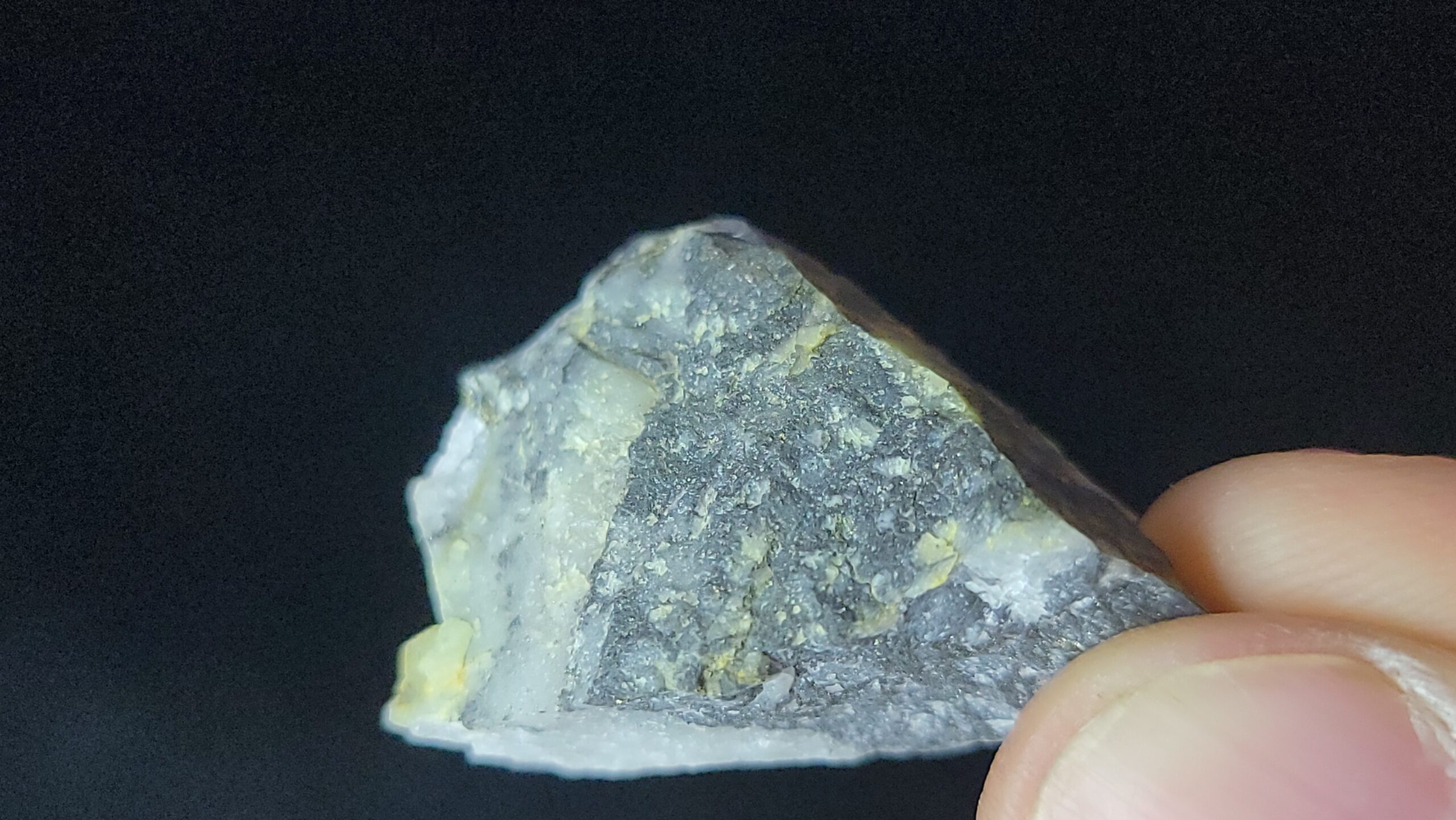
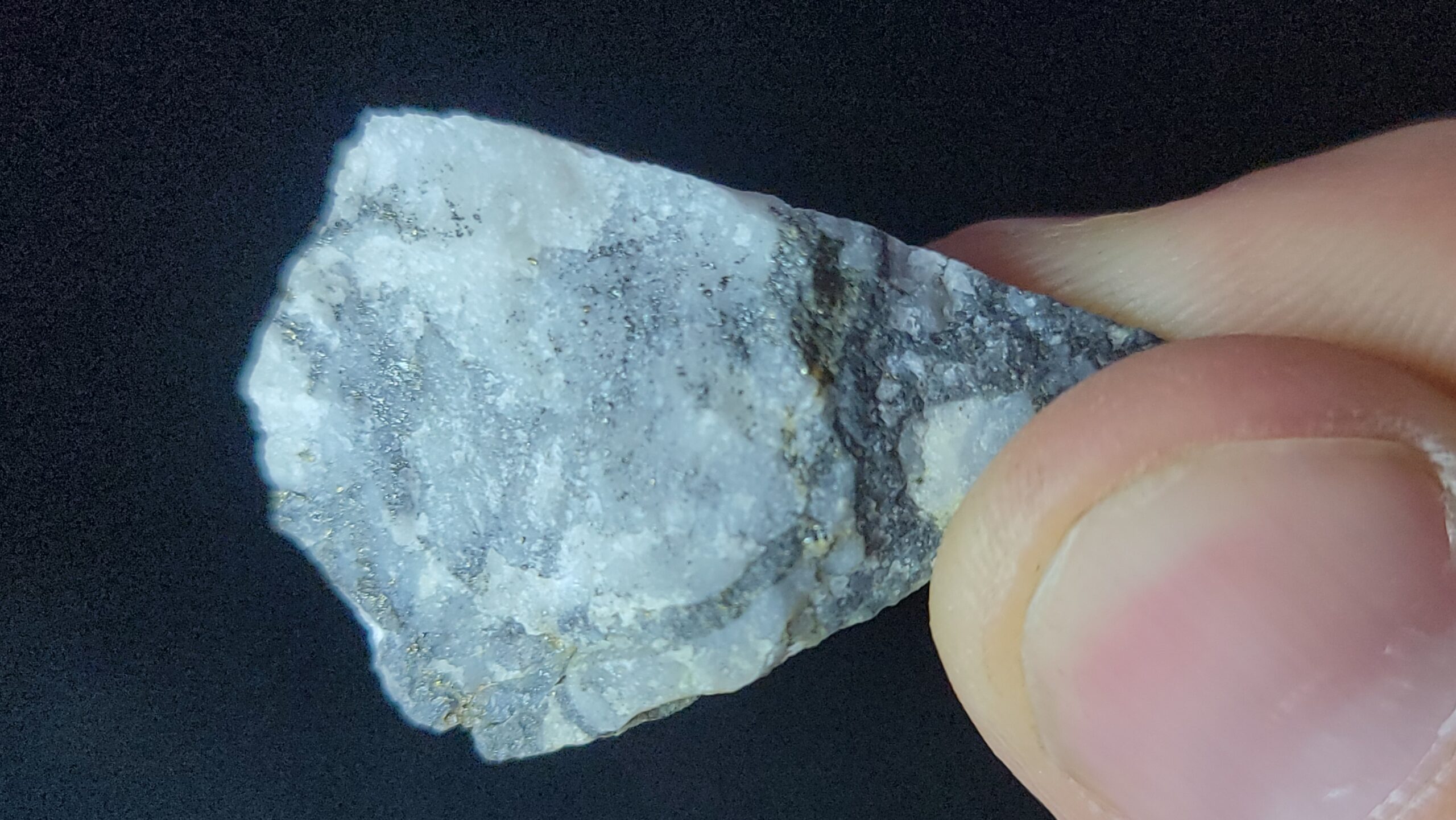



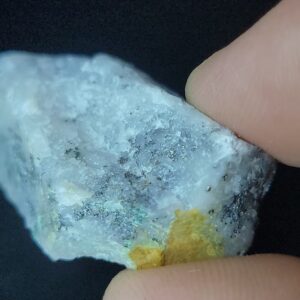

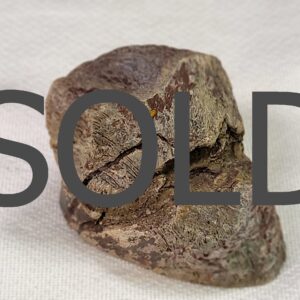

Reviews
There are no reviews yet.